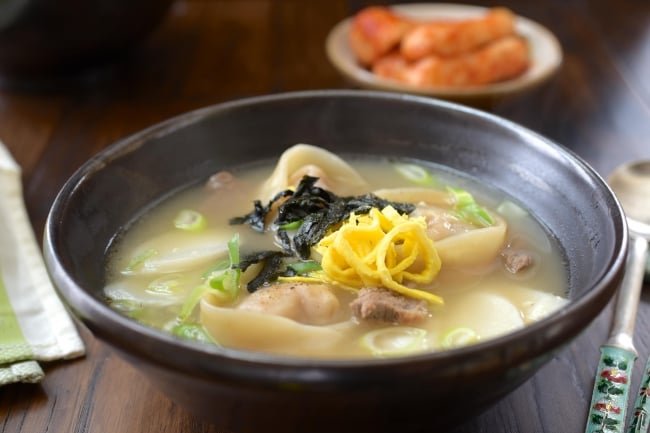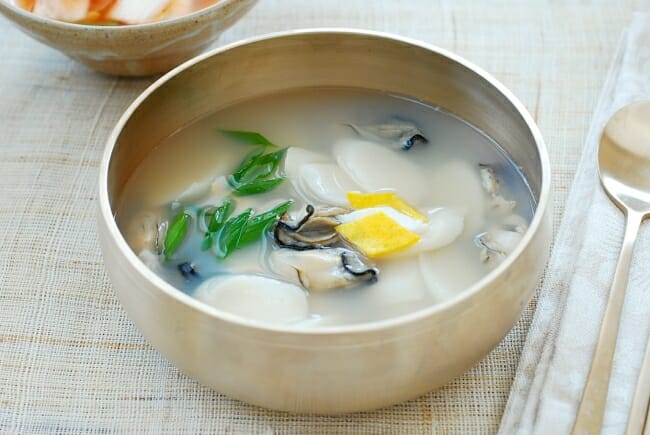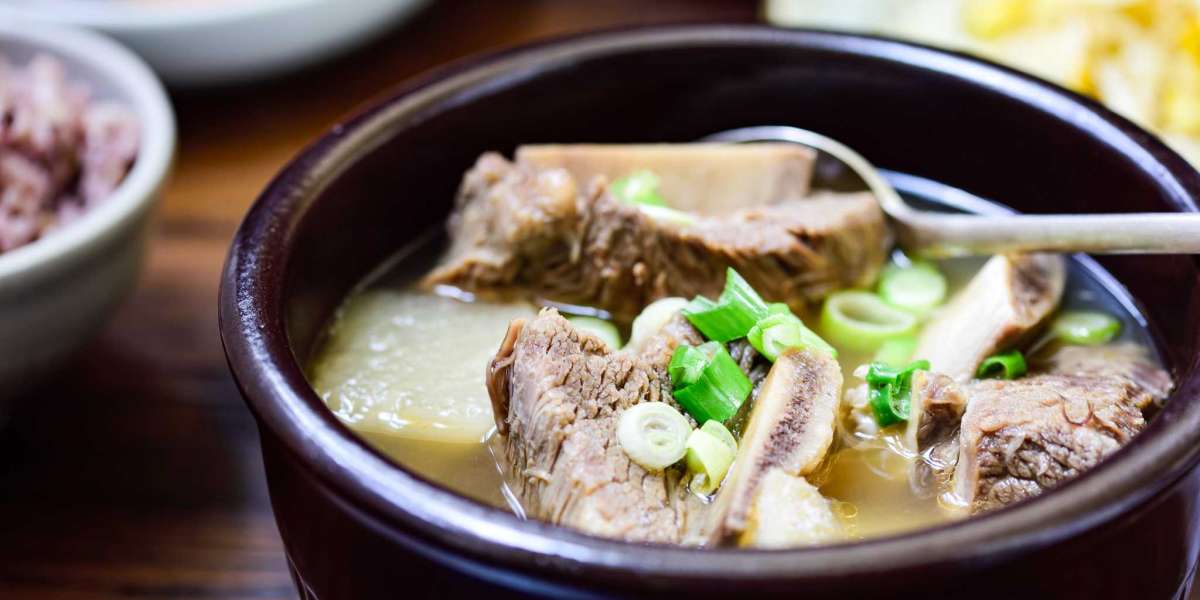Winter is a period when it's easy to get mixed up between meals that are nutritious, enjoyable, and also keep you warm. Furthermore, the winter cold has a significant impact on our energy levels. This is why we want to spend the entire day in bed, staring at the falling snow. South Korea is now experiencing the start of winter, and the season for making Kimchi started a few days ago.
People used to save a lot of food in the fall to prepare for the winter season because there was no refrigerator back then. How do Koreans keep warm and healthy in the winter? Here are some of the country's most popular winter soups.
Winter is definitely soup season as it is a healthy way to warm up and enjoy the rich combination of meat brother and spices. Hence, a lot of Koreans prepare a lot of soups during this time. Here are some really easy to prepare Korean soups in winter.
Galbitang
Is a rich Korean soup that's great for wintertime. This soup is made by boiling beef short ribs, radish, onions, garlic, and ginger for a long time. Doesn't that sound very healthy? It is usually served with rice and clear glass noodles. The soup is similar to another Korean hearty soup called Seolleong Tang. The only difference is that the latter uses ox bones. The thumbnail in this article is Galbitang.
Mandu Guk
This soup features Korean dumplings, thus the name mandu guk, which means 'dumpling soup.' The dumplings are cooked in an anchovy-based broth, which often includes egg or Korean rice cakes (tteok). This soup is mild and refreshing when compared to Galbitang and Seolleong Tang.

Tteok Guk
On New Year's Day, Koreans enjoy rice cake soup as a custom. So this is certainly a Korean Winter Soup — with such a fantastic combination of protein from ground beef, carbohydrates from rice cake, and veggies like onion and seaweed, this is an all-around great soup for the family throughout the winter months. Most Korean supermarkets sell rice cakes made specifically for soup (dduk guk dduk/tteok guk tteok).

Sundubu jjigae
This tasty stew is made with uncurdled tofu and a variety of veggies, including mushrooms and onions. There are also seafood options (oysters, mussels, clams, or shrimp) as well as beef options! No matter which variety you try, the gochujang (chili paste) and gochu garu will always be there (chili powder). Before serving, a raw egg is frequently put on top of the jjigae.

Dongtae Jjigae
If you're unfamiliar with pollock, it's a species of fish that's comparable to cod and is the major component in this delectable bowl of goodness. Korean Jjigae stews are a tasty experience, with radish, green onion, tofu, bean sprouts, and anchovies melting together in the pot. Crown daisy (Korean herb) has a relaxing floral taste that is perfect for a chilly winter night.

Samgyetang
-Is a much-loved Korean soup in any season. This is a nourishing soup that's made with a small, young chicken for its tender and tasty meat. Sam(삼) refers to ginseng (insam, 인삼), gye (계) means chicken, and tang (탕) is soup. Although this is usually eaten in the summer, some Koreans also prepare this in the winter.
Here's a video showing how to make this really hearty soup.



